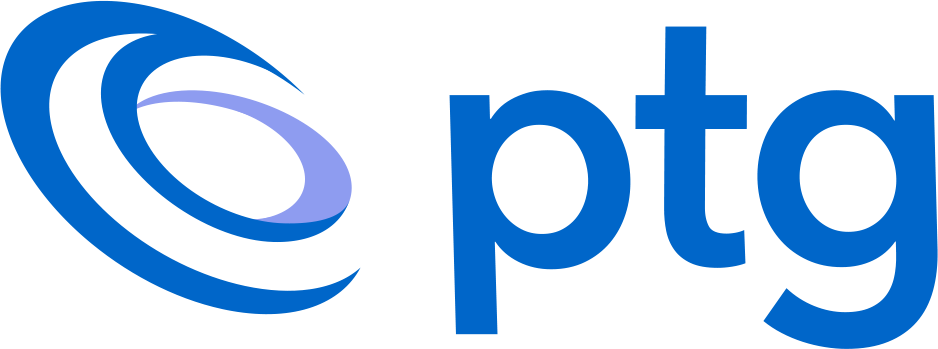Requirements Management Tool
We provide not only a solution for managing requirements but a total solution for managing a complete development process according to the MBSE (Model Based System Engineering Engineering) concept.
Our requirements management concept includes a hierarchical structure of the requirements, relationship between requirements in different projects and within the project itself, relationship between the tests and requirements, V&V management for each of the requirements. All this, while making sure to manage the configuration and history of each of the requirements.
ptg has been carrying out projects in the field of system engineering for over 15 years.
The company has extensive experience in implementing system engineering tools and supplying expert system engineers to the client's systems.
What is the motivation for requirements management tool?
1. Complexity Management:
Systems of Systems (SoS) often involve numerous interconnected components, each with its own set of requirements. A requirement tool helps you manage and organize these complex interdependencies, making it easier to understand and address the overall system's needs.
2. Traceability:
Requirement tools provide traceability, linking requirements to various stages of the development process. This ensures that each component in the SoS meets its intended purpose and that changes can be tracked back to their origin, aiding in maintaining a clear audit trail.
3. Communication and Collaboration:
SoS engineering involves multiple stakeholders, possibly from different domains or organizations. A requirement tool facilitates communication and collaboration by providing a centralized platform for sharing and discussing requirements, ensuring that all stakeholders are on the same page.
4. Change Management:
Systems of Systems are dynamic and subject to changes over time. A requirement tool helps manage changes efficiently by providing a structured approach to document, evaluate, and implement modifications to the system requirements.
5. Risk Management:
Clear and well-defined requirements contribute to better risk management. A requirement tool helps identify potential risks early in the development process, allowing teams to proactively address and mitigate these risks before they become critical issues.
6. Verification and Validation:
A requirement management tool supports the verification and validation process by providing a basis for testing. It helps ensure that each component within the SoS meets its specified requirements and that the system satisfies its intended purpose.
7. Documentation and Compliance:
A requirement tool assists in documenting compliance with industry standards and regulations, which is crucial for system certification and acceptance.
8. Efficiency and Productivity:
Using a requirement tool can improve the efficiency and productivity of the development process. It streamlines workflows, reduces the likelihood of misunderstandings, and helps prevent rework by ensuring that requirements are well-documented and understood from the outset.
9. Lifecycle Management:
Systems of Systems have lifecycles that extend over an extended period. A requirement tool supports the entire lifecycle, from initial concept through design, implementation, testing, and maintenance, helping ensure the long-term success of the system.
10. Quality Assurance:
By providing a structured framework for specifying and managing requirements, a requirement tool contributes to overall quality assurance. It helps teams focus on delivering a system that meets user needs and expectations.
Requirement tool is an essential component of Systems of Systems engineering, providing a systematic and organized approach to manage the complexity, communication, and development lifecycle of these intricate systems.
What will happened if you will not use requirements management tool?
1. Increased Risk of Errors:
Manual tracking and management of requirements increase the likelihood of errors. Missing or inconsistent requirements can lead to design flaws, system failures, and increased project risk.
2. Lack of Traceability:
Traceability is essential for understanding the relationships between different requirements, design decisions, and system components. Without a requirements management tool, tracing changes and their impacts becomes difficult, potentially leading to difficulties in identifying the root cause of issues.
3. Inefficient Change Management:
Managing changes without a dedicated tool can be inefficient. It may be challenging to assess the impact of changes on the overall system, leading to delays, cost overruns, and difficulty in maintaining project schedules.
4. Poor Communication and Collaboration:
Without a centralized tool, communication and collaboration among team members and stakeholders can suffer. Misunderstandings and discrepancies in understanding requirements may arise, leading to errors and rework.
5. Difficulty in Verification and Validation:
Verification and validation activities become more challenging without a structured requirements management tool. Ensuring that each component of the SoS meets its requirements and that the entire system satisfies its intended purpose becomes more error prone.
6. Limited Stakeholder Involvement:
Engaging stakeholders in the requirements process is essential for building a system that meets their needs. Without a tool that facilitates stakeholder involvement, requirements may be misinterpreted, leading to dissatisfaction and potential conflicts.
7. Increased Rework:
The lack of a structured tool may result in incomplete or inaccurate requirements, leading to design and implementation errors. This, in turn, can lead to increased rework, longer development cycles, and higher costs.
8. Regulatory Compliance Risks:
In industries where regulatory compliance is mandatory, not using a requirements management tool can pose risks. It may be challenging to demonstrate compliance with industry standards and regulations without a clear and traceable documentation of requirements.
9. Lifecycle Management Challenges:
Managing the entire lifecycle of a system, from concept to retirement, becomes more challenging without a requirements management tool. It may lead to difficulties in maintaining and updating systems over time.
Working Model:
ptg Engineer offers flexible pricing models to cater to diverse needs.
Basic | Silver | Advanced | Enterprise |
Required License (Pro, Team, Enterprise). | All basic Features + Support - 50 hours of managed services per month. | All silver Features + | All Gold Features + fulltime System Engineer. |
Helping you setup quickly: Import current documents into the RM tool. | Tailored Customizations: Tailored integrations Configuration Management full spec. Floating License management. | Tailored System engineering experts implementing system analysis within your organization using R.M tools. |
I would like to get Requirement management tool broshure in PDF
For more information please click here to leave a message

